All products online are discounted, now until the end of the month!


Your Prescription for Better Health
open to everyone
On this this Day, May 8th, My daughter, Kaetlyn Kotterman turns 24. This has been an amazing journey for Tina and I. Kaety growing up in a TriSystem household has been unique for her, seeing that we do things differently. Our faith and lifestyle has been counter-culture from the beginning. We don’t do things the way most people do. Down to the way we eat, how we exercise and how we spend our time, we are just different and being different comes with a cost. The cost is sometimes the way we are viewed. We have been called rebellious, extremist, pious, and alarmist. We’ve been called vain, overly conscious about our appearance and overly concerned with what we eat. I thank our daughter for continually standing strong for who she is and for honoring God in all she does.

The truth be told, Kaetlyn has maintained a lean, high performance physique through a tough schedule, maintaining a full time job as a surgical vet tech and the 2024 Miss Rodeo Lakeside. She has been able to perform while healing from sickness and injuries. She’s been both sleep deprived and had to miss meals while still expected to perform. It hasn’t been easy. She is not perfect. We all get stressed, tired and need a break. She struggles like all of us but, in the end, she is able to keep going that extra mile.
What is her secret? Well first, she has a firm foundation in Jesus, a strong family ethic and compassion for all. With that mindset, it is easy to do our best in supporting what God calls her to do. So secondly, she can count on her family to pick her up when she falls down and help her just as much as she helps us. Family is the core to generational success. Third, she knows the TriSystem for health, performance and metabolic health. She knows her personal nutrition, exercise and supplementation for her body. That is the key for getting the most out of things. Some call it faith, family and fitness (another trisystem) that keeps her strong. It also helps that she lives with a family of personal trainers!

So on Kaety’s birthday, to celebrate her 24th year, we’ve decided to give back by offering anyone who’s seen her in the Lakeside Rodeo or any rodeo she’s participated in this year, a free training session or fee nutrition coaching session or free metabolic assessment. This is a $110 value for free. All you have to do is show you went to a rodeo she participated in.
If you have one of Kaety’s special autographed pictures or hats, you get 2 sessions ($220 value) absolutely free, no strings attached.
For more information about what we do click here!
P.S.: Our programs are not just for horse people.

Mostly likely if your reading this, you already know some of the benefits of weight training. It's contribution to metabolic health outweighs all other forms of exercise...
But wait, There's more!
Check out this article from NPR:
Transcript of this report.
Study referenced.
Other related research:
“It Makes You Feel Alive and Younger…but It’s Stressful …My Back and Legs Ache”: A Focus Group Study Encouraging Resistance Training Around Retirement https://journals.sagepub.com/doi/full/10.1177/07334648231193562
Personal training was essential to these cancer patients: Benefits of resistance training are not preserved after cessation of supervised training in prostate cancer patients on androgen deprivation therapy https://onlinelibrary.wiley.com/doi/full/10.1002/ejsc.12050
How to explain the lifestyle in 4 minutes, Dr. Ben style!
Here is a link from the National Association of Sports Nutrition home page for metabolic practitioners.

It's time to invite friends and family to our monthly Metabolic Meet-up. This free meeting is a way to stay connected to metabolically minded people in the San Diego area.If you are:
This meeting is for you! Dr. Brian and PA Leah of San Diego Metabolic Health and Primary Care will be there. Doug and Pam of Low Carb USA and the Society of Metabolic Health Practitioners will also be there. Dr. Brian and Leah will be speaking on the subject of HORMONES. If you are interested or concerned about hormones, these experts will have answers!Please come see our new location! For those who absolutely can't come to beautiful Blossom Valley, we will be live-streaming this event at https://www.facebook.com/groups/metabolicsd.
Reminder: this meeting is at
TriSystem EAST
15324 Sleepy Creek Rd.
El Cajon, Ca 92021
not our Clairemont Location.

We are finally back for good! The Low Carb San Diego Group is back with a new name. We are now called the Metabolic Health Group of San Diego. We are kicking off 2024 with new speakers, new vendors, a new location and a new format. Our talks will be short, "sweet" and to the point. We want the meetings to not be long and drawn out but, a chance to get some good information that is current and impactful, learn about products and resources that will enhance metabolic health, longevity and quality of life and socialize. This is also a chance to meet other metabolically-minded people in your community. Our goal is to bring people together with common health goals and views to help and support each other. You are not alone! It takes a helping hand to succeed, and we want to bring those hands together in a friendly, social environment. Carnivores, keto people, low carb advocates, sugar addicts, diabetics, foodies and those professionals that support this community are all welcome. Members of the Society of Metabolic Health Practitioners, Metabolic Health and Primary Care, San Diego and TriSystem will all be there. If you are a longtime member of our group, we expect you to be there.
If you are new to this whole metabolic thing, and want to hear about healthy low carb, high fat, meat-eating and more, come check us out!
This meeting will be at the new TriSystem East Location - 15324 Sleepy Creek Road, El Cajon, Ca 92021. It's a whole new scene, tranquil and pleasant in the sprawling East-county hills of Blossom Valley. Come enjoy yourself in a health promoting environment designed to reduce stress while learning how to make things better.
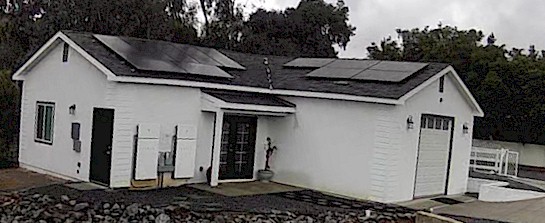
TriSystem East - 15324 Sleepy Creek Road, El Cajon, Ca 92021
Our speakers this meeting will inspire you and help you problem solve as they discuss significant issues that hinder our health goals. We love our family, (well at least we try to) and we love food (who doesn't). Both are intertwined in our lives inescapably. So how do you make food and family work for you rather than against you? That's the question our speakers are going to attempt to answer. I'm going to also revisit the exogenous ketone discussion. Should we or should we not take ketone supplements and what type? The total of all 3 presentations shouldn't take more than an hour. That's 20 minutes each. That leaves more time for questions and answers and just socializing with each other after. Sound like fun? It does to me. Rumor has it that Lisa James will be bringing her special layered keto dip, so try so bring some pork rinds. Yum! The meeting is scheduled for 2-4 pm. Longtime members, please come early to help set up and if you can, stay late to help clean up. See you there!
Jeff Kotterman
along with Brian Lenzkes,
Founders of Metabolic Health Group, San Diego

After decades of requests for quality TriSystem products, we have finally organized a retail center to deliver things we are proud to promote and use ourselves. For years the TriSystem T-shirt was a rare thing that really wasn’t designed well. We spent years developing the TriSystem EDGE supplement and then weren’t able to re-order do to lack of source ingredients. Now we’ve rebooted TriSystem supplements with a whole group of great products we have thoroughly developed, tested and verified with research. You’ll see that each supplement has a TriSystem summary, a certificate of analysis to show true potency and other ingredients, and a supplier certificate to show exactly where our ingredients came from.

We have also chosen the clothing suppliers for their quality and fit. Our 2024 line is the wolf line. These are specific pieces with the TriSystem wolf logo on them, designed by Noah Kotterman. Be the first to wear our debut clothing line.

Check out the interview here: https://youtu.be/ruCIElBhc7k?si=7JWznRHGCnf2pNk1
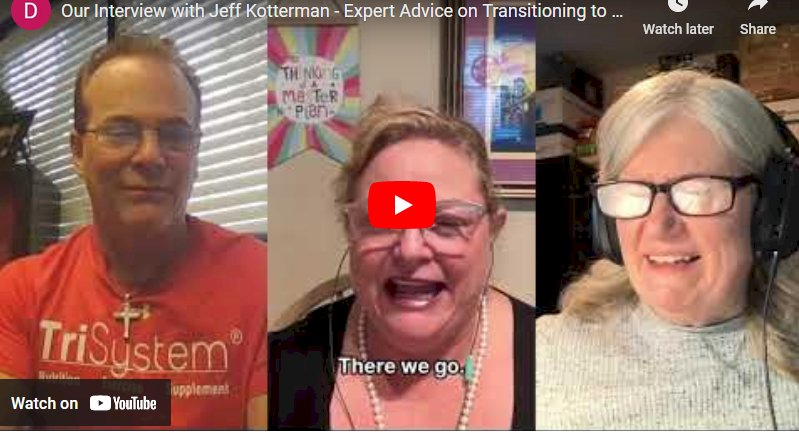
What a great pre-Christmas talk we had!. Thank you Dr, Cammy and Karen for your warm welcome and choosing me to be your first guest on “Dr. Cammy and Karen Go Keto.”
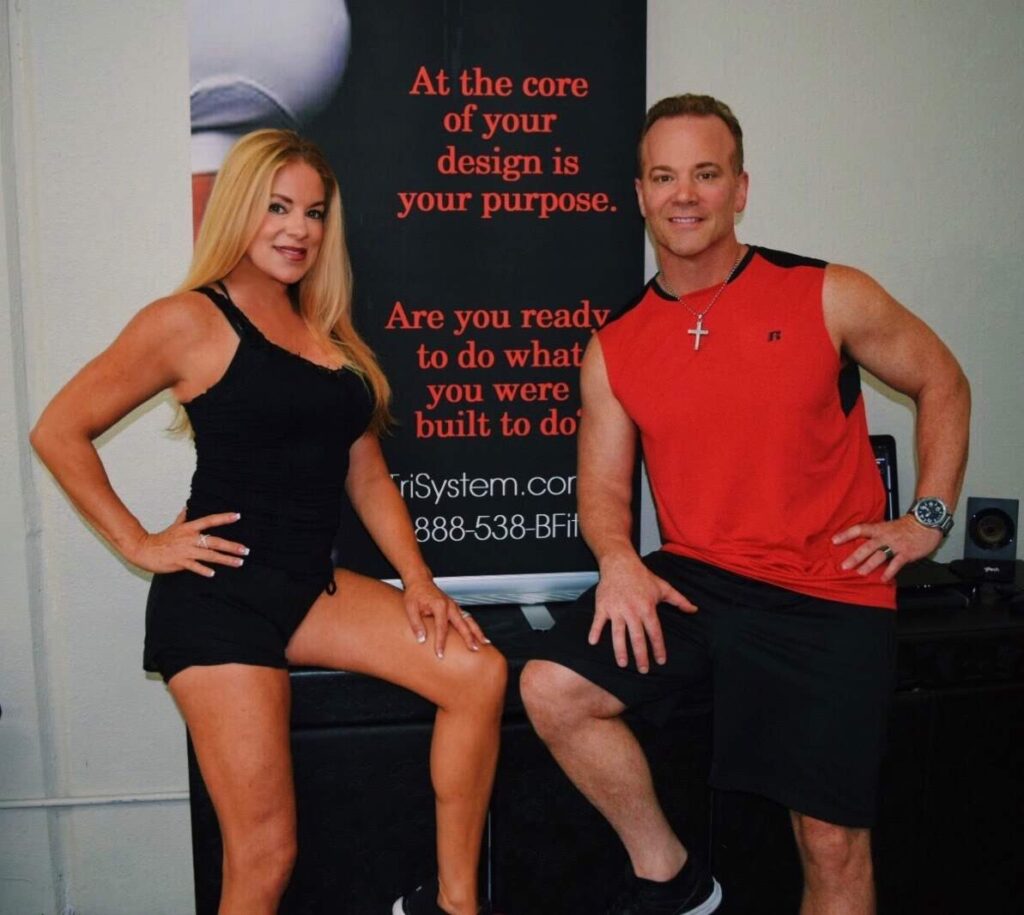
After a short hiatus during our move and construction, Tina will be back to a weekly schedule, seeing clients with openings on Tuesday, Thursday and Fridays at our new Blossom Valley location. She is excited to both reconnect with old clients and see new ones, training with her unique style on our new and different equipment.
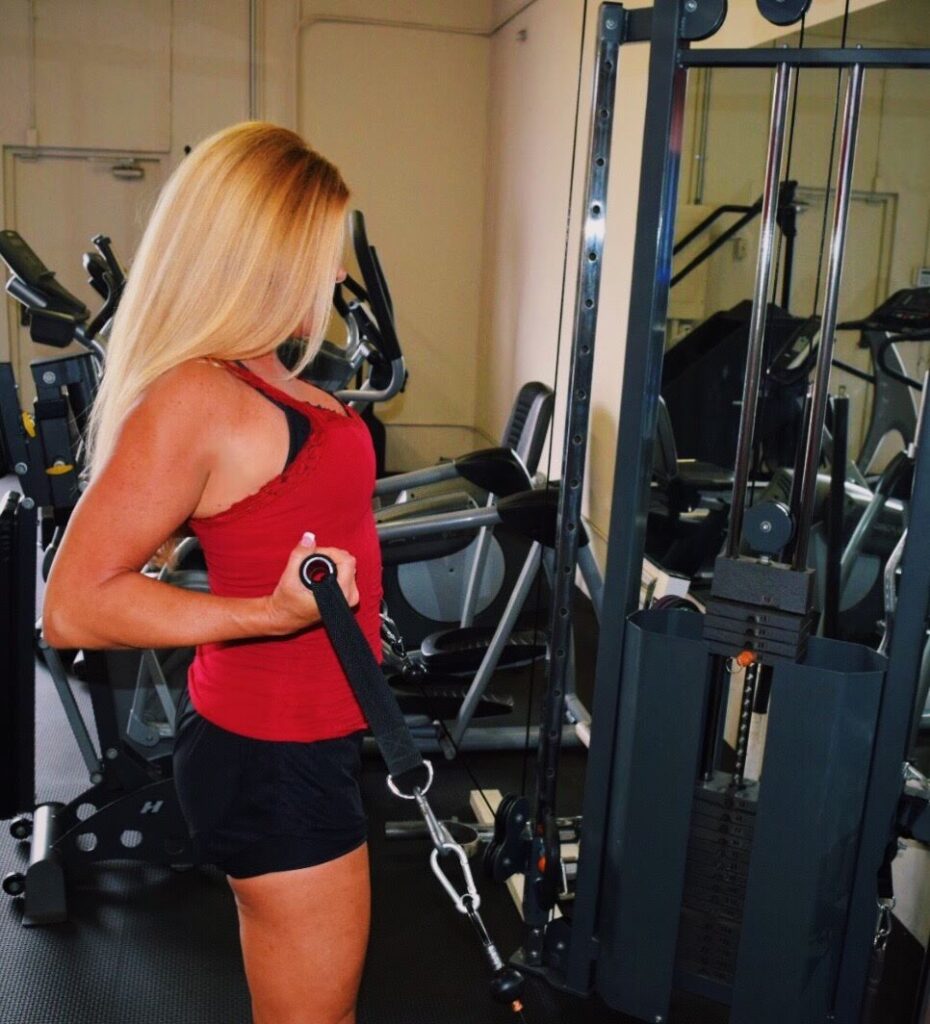
For those of you who don’t know her, Tina has been active from a very young age, playing youth sports, horseback riding and just being outside. She began weight training as a young adult and experienced personal training as a client in her early 20’s. She has experience training in her own home gym and in the “big box” gyms in San Diego. She married Jeff in 1997 and soon became certified through the National Association for Fitness Certification later that year. By 1999 Tina contributed to the start of the National Association of Sports Nutrition and became certified in Resistance Training, Fitness Assessment and as a Health Advocate. She is also certified as a Personal Trainer through the NASN.

Tina has a passion for fitness and nutrition. That passion extends into the kitchen with her love for healthy tasty food. Tina has years of experience as a TriSystem Fitness Chef both preparing and teaching others to prepare delicious TriSystem recipes for clients and fans. She makes family meals a priority and her reputation as an exemplary cook precedes her. Her love for family coupled with her skill with food provides a great opportunity to make the dinner table a great place to both bless and positively encourage and influence all who sit at her table.
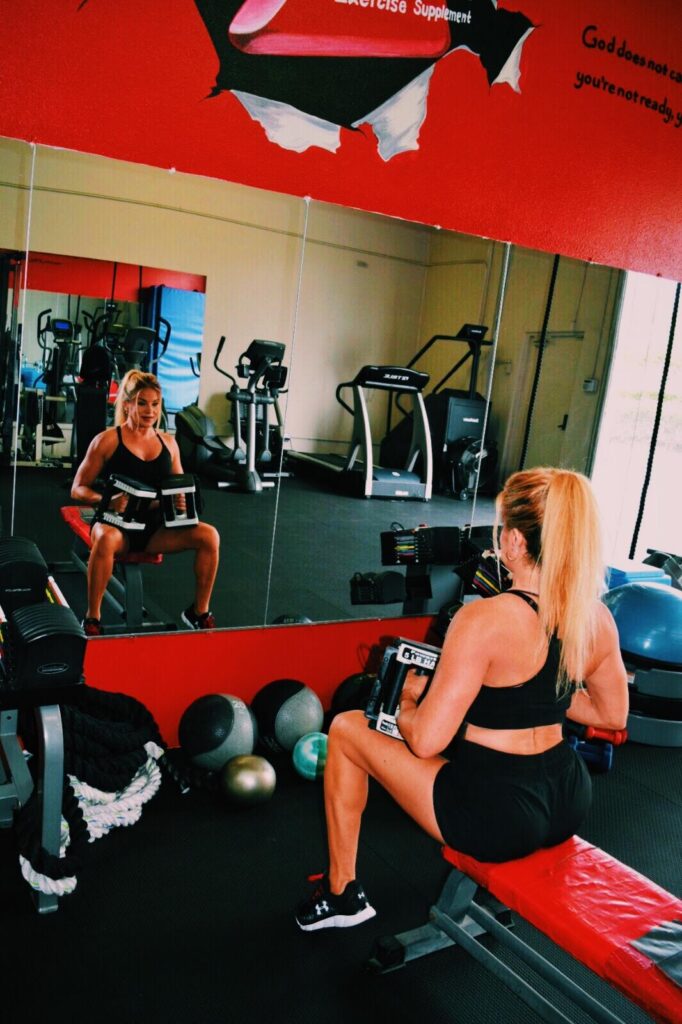
We are excited that Tina will be available to personally train clients exclusively at our Blossom Valley location. She is in high demand, training only during the day while also managing TriSystem finances and supporting her family. To schedule a consult with Tina, click here and be sure to request her.
Here is the Video that was supposed to be in yesterday's post:
https://youtube.com/shorts/_A67V_J-jF8
Welcome to our brand new blog posts. Get ready to receive exciting updates about many new things happening with TriSystem.
After 4 years of planning and working toward the goal of having a second East County location, Tina, Noah, Kaetlyn and I are so excited! We are getting ready to open in Blossom Valley, El Cajon, California in January! We will be having a Grand Opening celebration on Saturday, January 20th (cross your fingers everything gets finished by then) More invitation information will be sent in future posts and emails so stay on our list! So we will have 2 locations to serve you in 2024. They are now called TriSystem Metabolic Health Centers with the original TriSystem Center in Kearny Mesa and TriSystem East in Blossom Valley. Our clients will be able to attend either location for their scheduled sessions and classes for the same TriSystem experience. Although, each location will be a different experience. While our original location in Kearny Mesa has more of an commercial feel within its 2400 sq ft. flex use space, TriSystem East is 1170 sq ft. stand alone building in the middle of winding country roads and horse fields. Even though the two locations are only 25 minutes apart, they definitely cater to a little different experience. We will still have the same classes and the same type of training but, the equipment is different with some special exercise stations not at our Kearny Mesa location. I hope to see you at our grand opening in January!
Our clients will be able to attend either location for their scheduled sessions and classes for the same TriSystem experience. Although, each location will be a different experience. While our original location in Kearny Mesa has more of an commercial feel within its 2400 sq ft. flex use space, TriSystem East is 1170 sq ft. stand alone building in the middle of winding country roads and horse fields. Even though the two locations are only 25 minutes apart, they definitely cater to a little different experience. We will still have the same classes and the same type of training but, the equipment is different with some special exercise stations not at our Kearny Mesa location. I hope to see you at our grand opening in January!

Video Link to view a sneak peek of the new location: https://youtu.be/_A67V_J-jF8